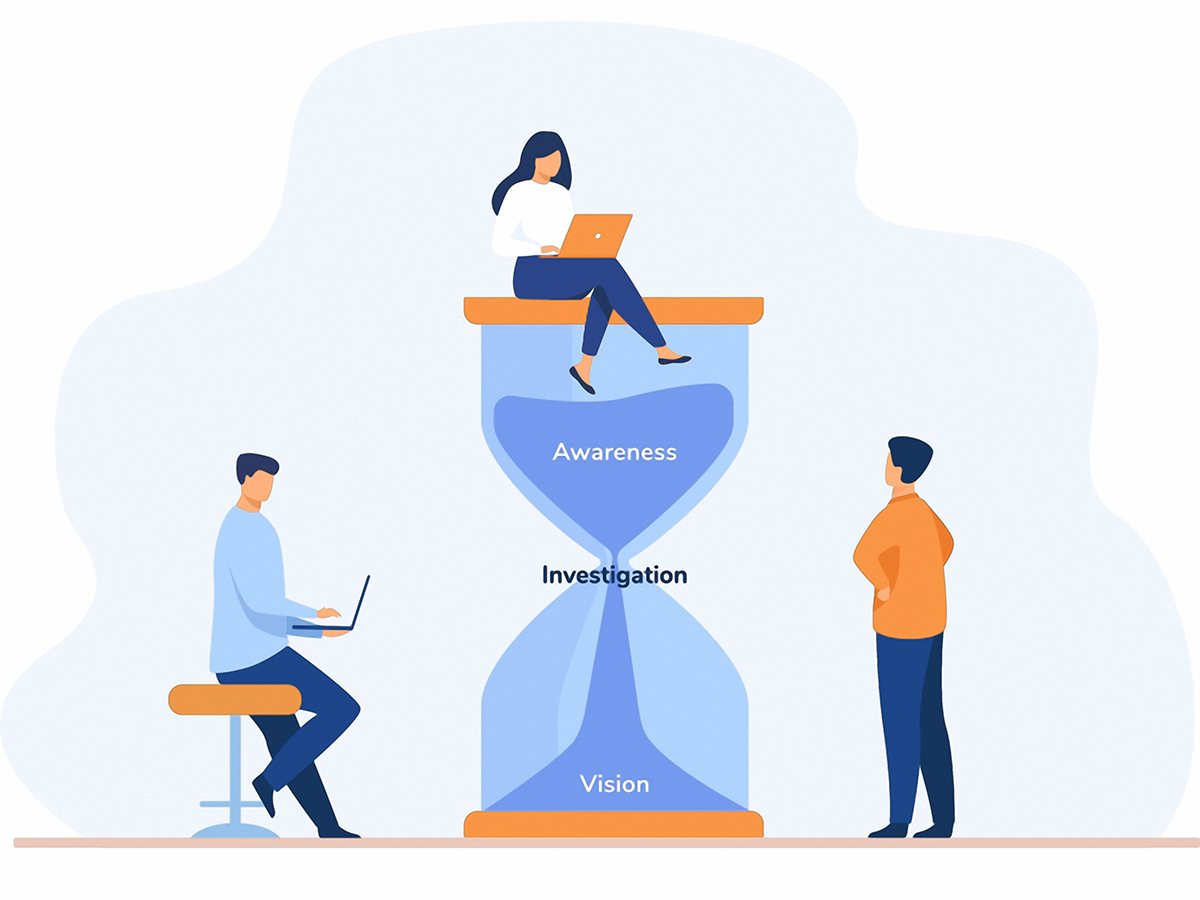The Score Study Process
The score is the most important tool for a modern conductor in shaping ideas and an interpretation that s/he wishes to communicate to the orchestra. It is therefore vital that the conductor has a deep understanding of the music as it is conveyed through the notation of the score.
The method of working toward a complete understanding of a score must involve systematic steps. An arbitrary approach might not result in accurately learning the score and may waste the conductor’s valuable time. A planned approach, although seemingly more involved, will be more effective in the long run.
In general, the process of studying a score may be seen as something similar to the shape of an hourglass. It proceeds from larger overall concepts and works toward smaller details until the details are then integrated back into a larger interpretation. You can divide the process into three steps:
- Awareness
- Investigation
- Vision

This is of course just one way to do it and there are many other possibilities, for example, through the method explained in the Guide to Score Study for the Wind Band Conductor by Battisti and Garofalo (1990). This book is a valuable resource for any conductor’s library!
Another well-known concept called Seven trips through the score is also taught in various forms in many places. It advocates a methodology based on going through the score from start to finish, seven times, focusing each time on a different aspect and increasing knowledge incrementally. You can read more about this in Mark Heron’s approach to score study here.
The hourglass method explained on the following pages are presented by conductor André Granjo.